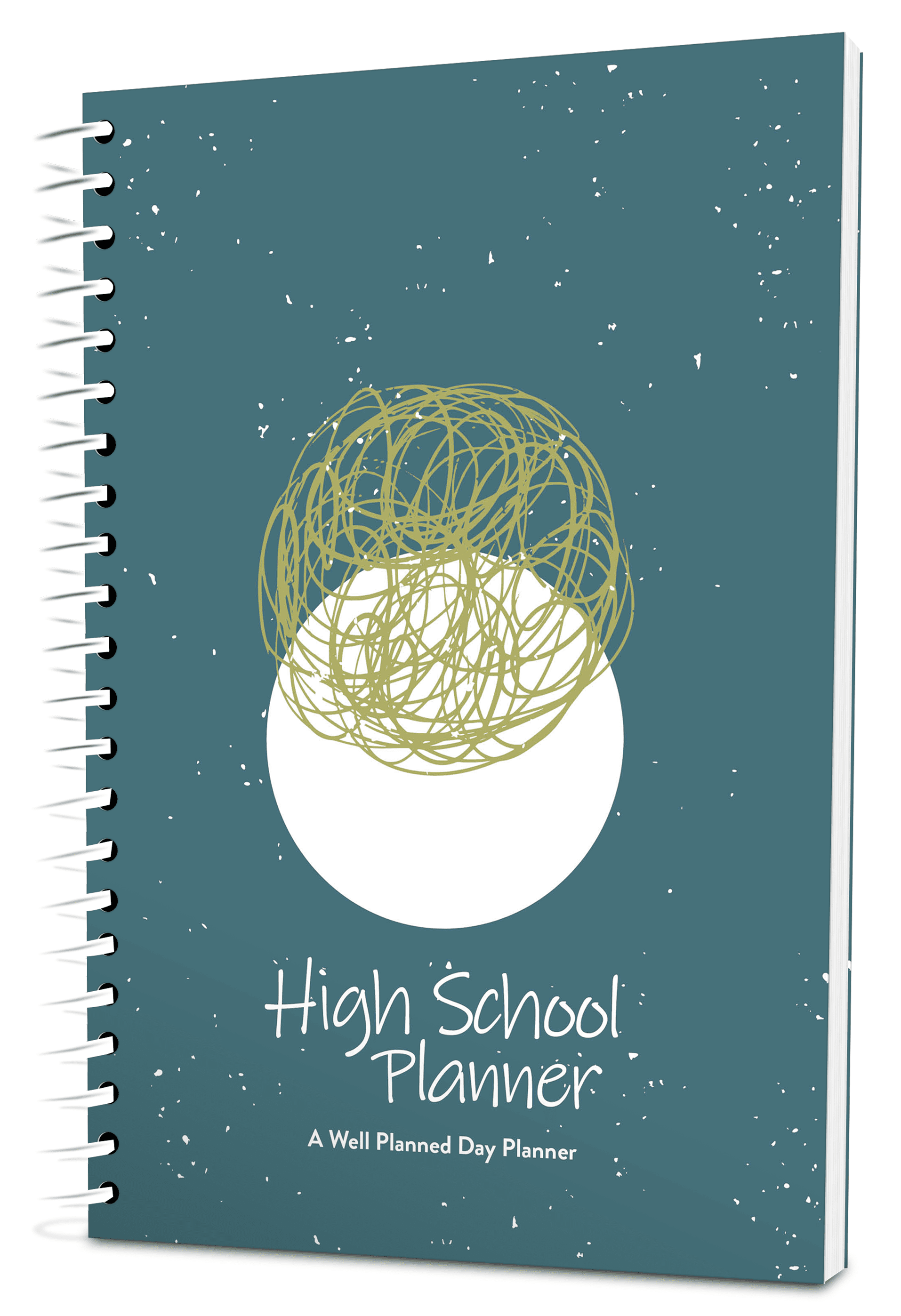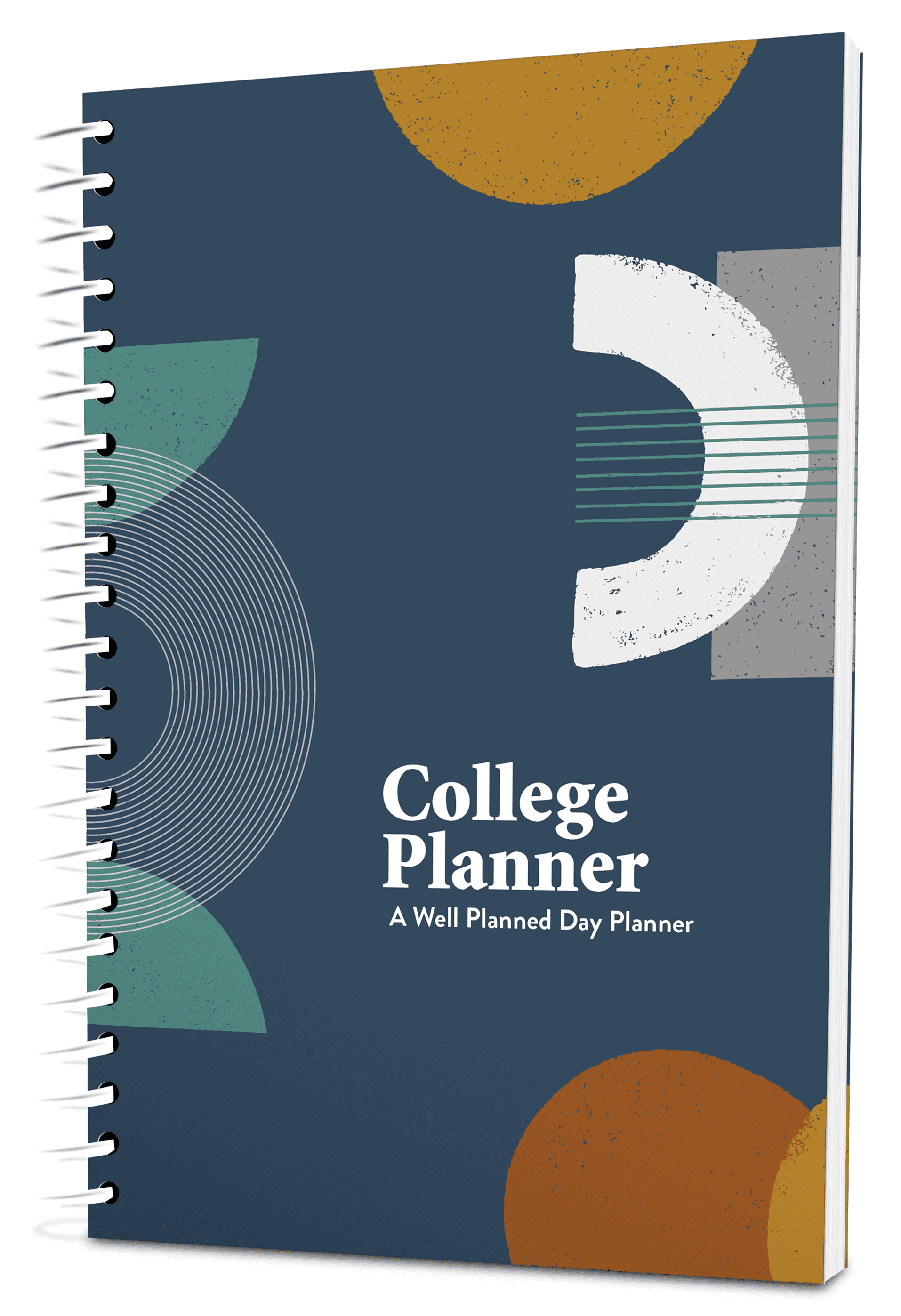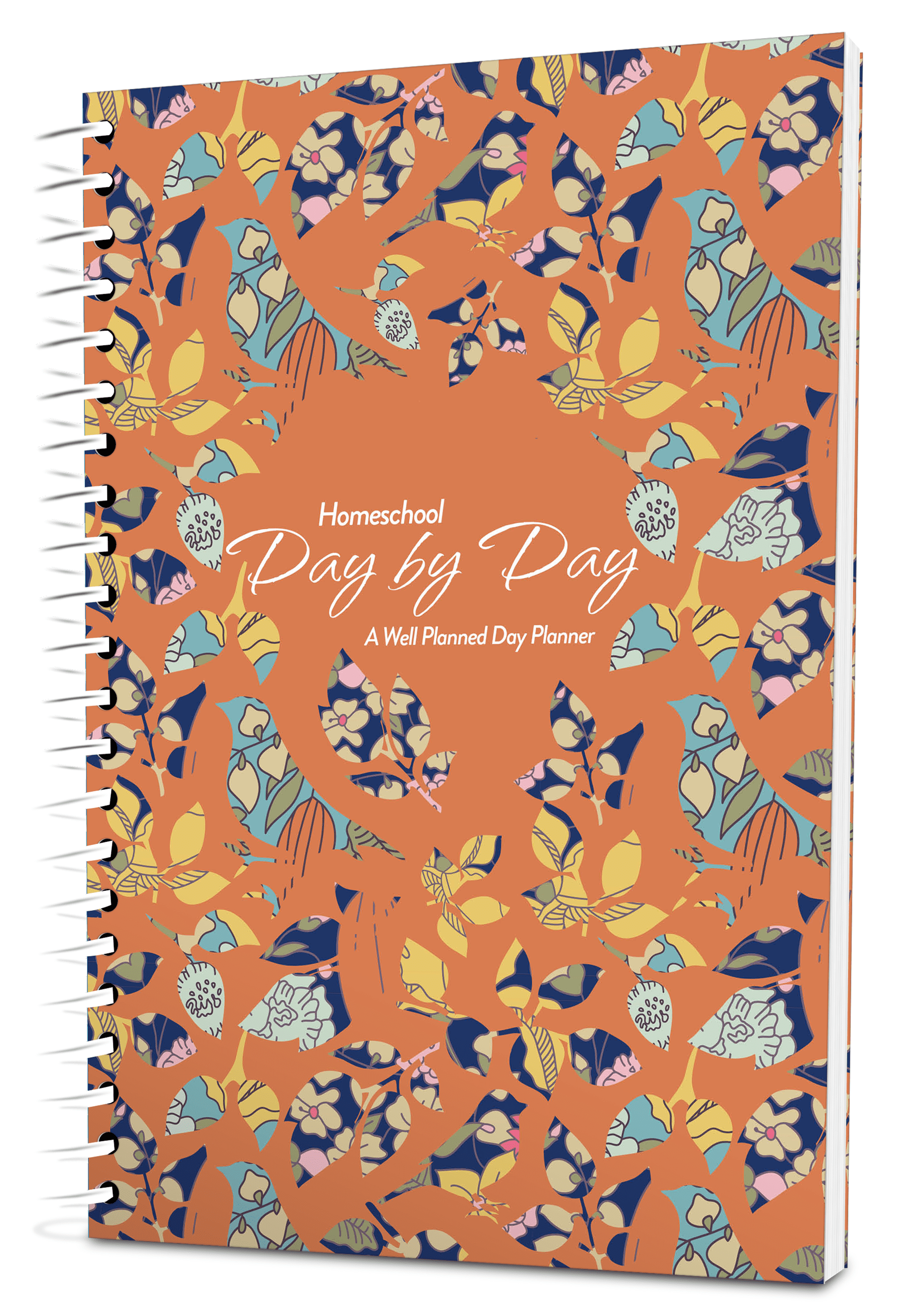If you’ve tried to teach something to more than one person, you are probably already aware that individual people learn things differently. Experts have divided these preferences into categories called learning styles. An individual’s learning style refers to the preferential way in which the student absorbs, processes, comprehends and retains information. While different experts have different ways of forming categories of learning styles, and some people may have preferences in more than one category, people generally have learning preferences that fall into one of three main learning styles: visual, auditory, or kinesthetic.
Understanding that students can have completely different learning styles is helpful when planning homeschool lessons. It also helps us understand why a curriculum that worked perfectly for one child is a complete failure for another. By recognizing your children’s learning styles, as well as your teaching style, you can change strategies to help them learn better.
Styles & Tips
Here are the three main learning style categories, as well as a variety of strategies and tips for working with students who prefer each learning style.
Visual Learning Style
People who favor a visual learning style understand and remember things by sight. They learn by reading and seeing pictures. A visual learner will be able to picture whatever it is he is learning in his head. You might see a visual learner close his eyes as he tries to visually reproduce what it is he is trying to remember. A visual learner will generally take detailed notes, often with drawings, diagrams, and doodles that are associated with what is being taught. There can be two slightly different ways that visual learners prefer to take in information. A visual-linguistic learner will enjoy written language, such as reading and writing. A visual-spatial learner may have difficulty with the written language, but do well with charts and videos.
Here are some strategies for working with visual learners:
- Use visual strategies for learning to read, but keep other visual information at a minimum. Cluttered rooms with lots of visual input can be distracting for a visual learner.
- Flashcards work well for these students. Having them write their own flashcards will help them to visualize the information.
- Use graphs, illustrations, charts, maps, diagrams, and other visual aids.
- Teach visual learners to take well-organized notes. The act of seeing what they are hearing helps them to remember lectures. They will often be able to visualize these notes later on when trying to recall the information.
- Allow visual learners to doodle. Leave room in handouts and worksheets for students to draw pictures and diagrams.
- These students will do well with written instructions and silent reading.
- Many visual learners are distracted by noise and music. Try to find a quiet place for them to work.
- Use color coding to help with study habits and organization.
- Play matching and other visual games.
- Teach math by showing a problem using manipulatives or pictures first. This will eventually transfer to being able to manipulate the object in his head, rather than on the paper.
- When possible, write down instructions and information as well as saying it.
- Make checklists for your student to follow when completing school work or household tasks. Use drawings or photos to demonstrate what you would like to have done.
- Use videos and powerpoint presentations to convey information.
- Timelines, especially those with photos or drawings, help these learners to visualize historical events and progress.
- Be sure to check a visual learner’s eyesight regularly, as he is getting most of his information through sight.
Visual learners tend to do the best of all the learning styles with traditional educational strategies.
Auditory Learning Style
Auditory learners learn by hearing and listening, and prefer to have things explained to them. Written information may not have much meaning until it is heard. When reading, they often say the words out loud, or at least mouth them silently. You might catch an auditory learner talking to herself. Auditory learners often enjoy lectures, group discussions, and talking on the phone. An auditory learner might be described as a natural listener. Auditory learners usually enjoy music and can be especially good at grammar and foreign language. Unlike visual learners, who tend to remember faces, auditory learners will remember names.
Here are some strategies for working with auditory learners:
- When teaching reading, use as many auditory avenues of learning as possible. Sing letter and phonics songs. Play oral rhyming games. Have the student name the letter and say its sound while looking at or tracing it.
- Allow auditory learners to vocalize as they learn. Teach them to do so softly, under their breath for times when it isn’t acceptable for them to be speaking aloud. But, even if your auditory learner needs to study in another room, being able to vocalize what he is reading will be very helpful to his learning.
- If you use flash cards, have the student say the information out loud.
- Teach information using music, chants, and poems. Sing songs about important concepts. Play classical or other instrumental music in the background during study and independent reading time.
- Read instructions and assignments out loud. Consider reading test questions to an auditory learner. Encourage an older student to read questions aloud to herself.
- Record lectures. When possible, purchase the audiobook version of a textbook or literature. Purchase or download free audiobooks of classical literature and allow even an older student to listen and read along at the same time.
- Plan to spend a lot of discussion time with your auditory learner. Give a brief oral overview of material that the student will be reading, then plan to to discuss it afterwards. Have your student answer comprehension questions orally, and use narration when practical.
- Verbalize the steps in math problems.
- Make sure your auditory learner is in a position to hear well. Consider checking this learner’s hearing regularly to be sure that he is hearing properly.
- Allow your student to complete some assignments orally, such as developing an oral report, creating a drama, making a video, or creating and singing a song.
Kinesthetic Learning Style
Most of the time kinesthetic learners are easy to spot. They are always moving and always touching things! Sometimes this group is divided into two different styles, kinesthetic (moving) and tactile (touching and manipulating objects), but often they are put into one group. Kinesthetic learners tend to learn best using hands-on approaches and lots of movement. A kinesthetic learner will best remember what he has done himself, rather than what he has read or heard about. They also especially enjoy making and creating things. Kinesthetic learners will probably find it hard to sit still for long periods of time and may need frequent breaks. They may also be impulsive and like to wear comfortable clothing.
Here are some for working with kinesthetic learners:
- When teaching reading and spelling, use as many of the senses as possible. Let the student write his words in shaving cream or pudding. Use scented play dough. Have the student make letters using his body. Use a finger, or better yet, the whole arm, to trace a word in the air.
- Take frequent breaks, especially during subjects that require sitting still or long periods of concentration. Spend time outside and don’t forget PE!
- Let the student hold a koosh ball, stress ball, or twiddle cube while listening. Chewing gum or sitting on an exercise ball can help, too. Try to avoid the impulse to demand that the student sit still.
- Offer as many real-life, hands-on experiences as possible. Do the science experiments instead of just reading about them. Dramatize scenes from literature. Take history field trips or make historical crafts and foods.
- Teach mathematics with manipulatives. Use candy or small fruit that can be eaten after class to reach another of the five senses. Also try to use real-life situations to teach math, such as going to the grocery store or figuring prices at a restaurant.
- Use movement, hand gestures, and finger plays to help students memorize.
- Have students do copywork or transfer notes from one medium to another. The physical act of doing this may help them remember the material.
- Have a kinesthetic student highlight important parts in books and notes.
- Demonstrations can be especially effective for kinesthetic learners, especially if paired with hands-on experience.
- Use games, especially those that require movement and student participation.
- Allow students to listen to audiobooks while taking a walk, and allow quiet movement during read-aloud time. Let students lie on their backs or stomach on the floor.
- Judiciously choose and use computer games and apps. Kinesthetic learners tend to learn well from multimedia.
Learning Styles and Real Life
While using strategies that work best for each student is ideal, it is important to remember that the real world does not always accommodate learning styles. At some time, perhaps at college or at a job, your child is going to need to be able to do things in a way that won’t match her learning style. So, while it is helpful to understand learning styles, and to use curricula and learning experiences that match them, it is also important to teach your child to adapt to other teaching styles. One way to do this is to have your child practice using another learning style, beginning with subjects that your child excels at or that are less academically critical. Another is to teach your child to turn an experience that better meets another learning style into one that works for her. For example, a visual learner can take notes during an oral lecture. While the lecture itself meets the auditory learner’s needs best, the notes will help the visual learner to remember what was said.
Our differences makes life interesting, so as you work with students with a variety of learning styles, vive la différence and enjoy the learning process.















